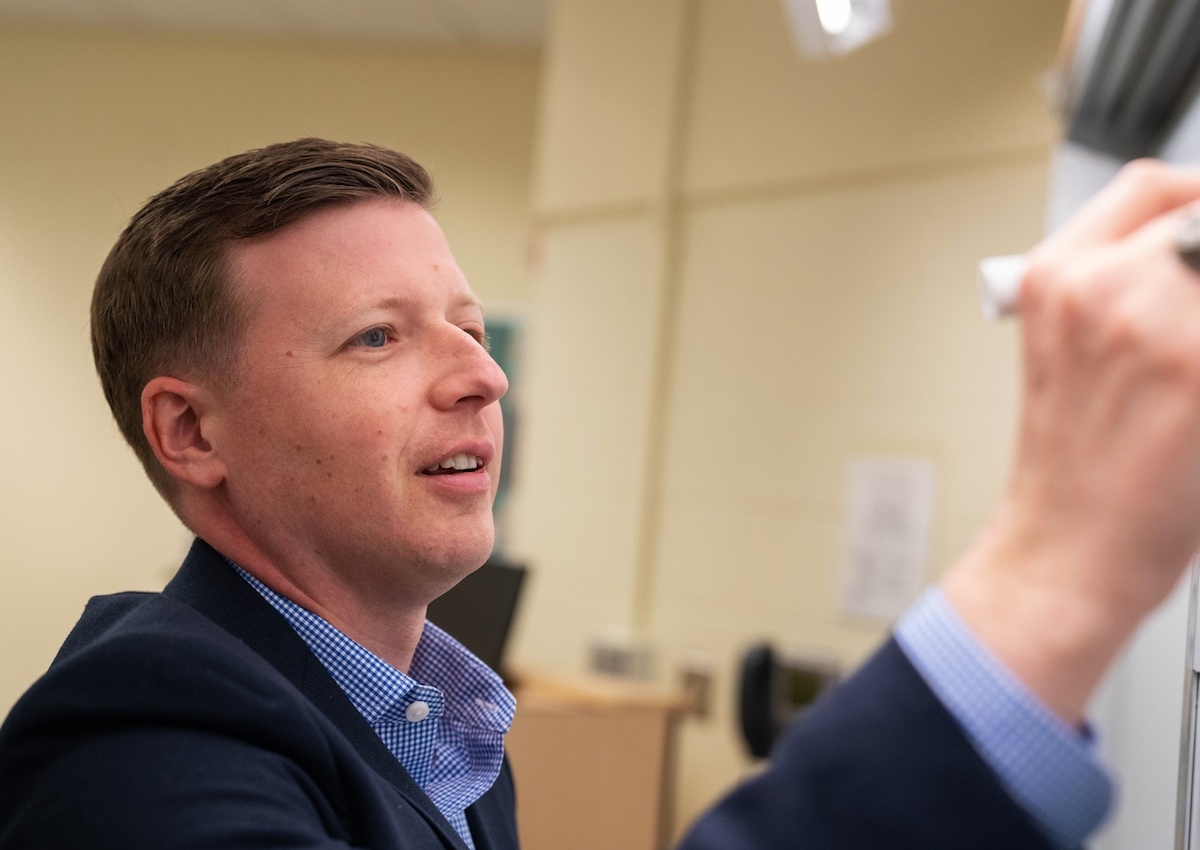Creativity is defined by Merriam Webster as the ability to make new things or think of new ideas. So how does creativity impact engineering design? And can creativity be taught?
LeTourneau University assistant professor of mechanical engineering Dr. Ben Caldwell has received nearly$300,000 in grant funding from the National Science Foundation for research on improving engineering creativity and problem solving. Titled “Understanding How Engineers Draw from their Knowledge and Experience to Solve Design Problems Creatively,” Caldwell’s research seeks to understand how people generate ideas and how to then teach and nurture that skill effectively.
Partnering with him as a research associate is LETU psychology professor Dr. Vicki Sheafer.
“Psychologists have been studying creativity for over a century,” Caldwell said. “And while there is much debate on the topic, it is clear creativity is valuable, but difficult to define. One aspect of creativity, defined by psychologists, is called spontaneous flexibility, which is the ability to generate diverse and appropriate responses to a given situation.
“For example, a spontaneously flexible person might find several new ways to use conventional objects,” Caldwell said. “Psychologists have measured spontaneous flexibility in this way: by asking people to generate many possible uses for common household objects and examining their responses.
“Engineers regularly solve problems, and in the process, often come up with several options for solving those problems,” Caldwell said. “We want to help engineering students explore those options and teach them how to select the best ones. If we can understand better where creativity fits into the problem-solving process, we can better teach engineers how to solve problems.”
Caldwell knows that it requires creativity to be an effective engineer. His research currently provides student subjects with two types of tasks: problem finding and problem solving.
On the problem-finding task, subjects are asked to generate numerous ideas on how they can use a specified object, such as a drinking cup. The results are judged for quantity, novelty, breadth and quality of ideas.
On the problem-solving task, subjects are presented with an open-ended problem and asked to find multiple ways to solve the problem. For example, the problem could be that drying dishes by hand takes too much time, so how do you solve that problem. Solutions could include everything from putting dishes in a dish drainer, or in a preheated oven, or coating dishes with a fast-dry rinse material, or using a hair dryer, or even using disposable paper plates.
Caldwell said he started the project specifically with engineering majors. One of his graduate students is working on his master’s thesis based on this creativity research. Caldwell currently employs two more students in this year’s research budget. The students gain from the real-world research experience, working side-by-side with their professor.
The research also has expanded to add psychology majors and will look at differences among individuals in these fields.
“Creativity and problem solving is a process that can apply to any field of study,” he said.
Caldwell has plans to partner with other universities such as his alma mater, Clemson University, and the Air Force Academy to find additional subjects. The result of the research could help Caldwell specifically identify how to help engineers expand their cognitive thinking and improve their ability to access creativity and apply it to engineering to build better engineers for the future.
“Our goal at LeTourneau University is to equip graduates who excel in creativity and turning that creativity into solutions that serve our world,” Caldwell said.